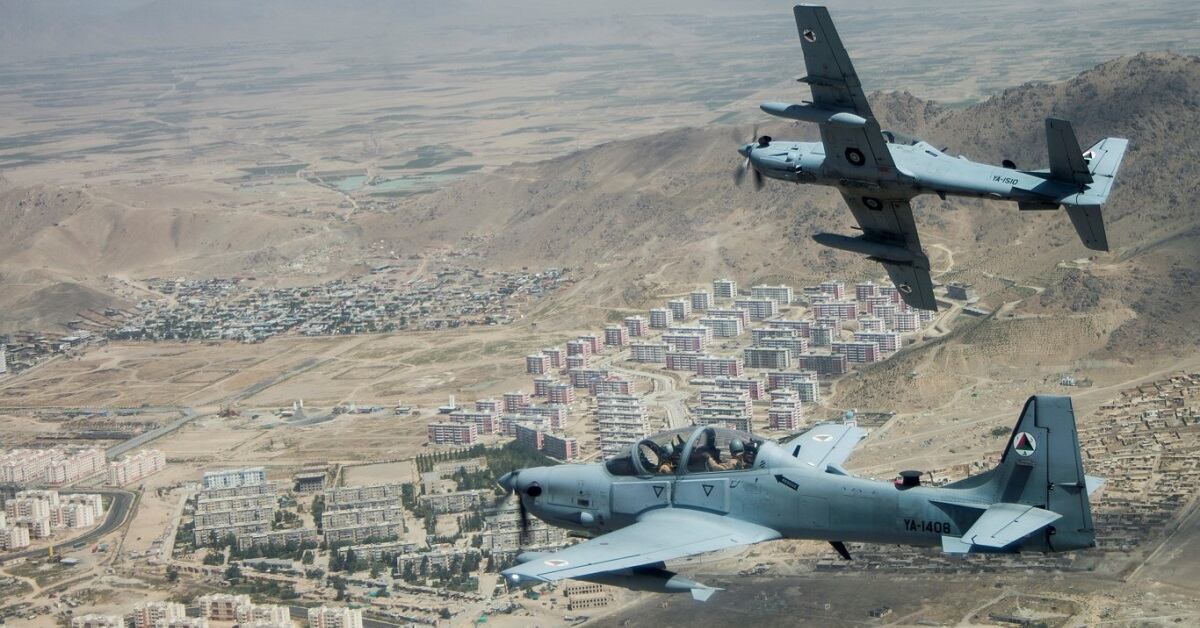WASHINGTON — The start of a competition to provide light-attack aircraft for the U.S. Air Force has been postponed for the foreseeable future, as the service decides the way forward for additional experiments, the Air Force’s No. 2 civilian said Friday.
The Air Force started evaluating light-attack plane offerings in 2017 and was set to release a request for proposals in December 2018 to potentially lead to a program of record. But the service is not ready to commit to a program just yet, and wants to continue the experimentation phase, Under Secretary of the Air Force Matt Donovan told reporters after an Air Force Association event.
"We're going to broaden the scope a little bit,” he said, potentially alluding for the possibility of new aircraft types to enter the competition.
RELATED
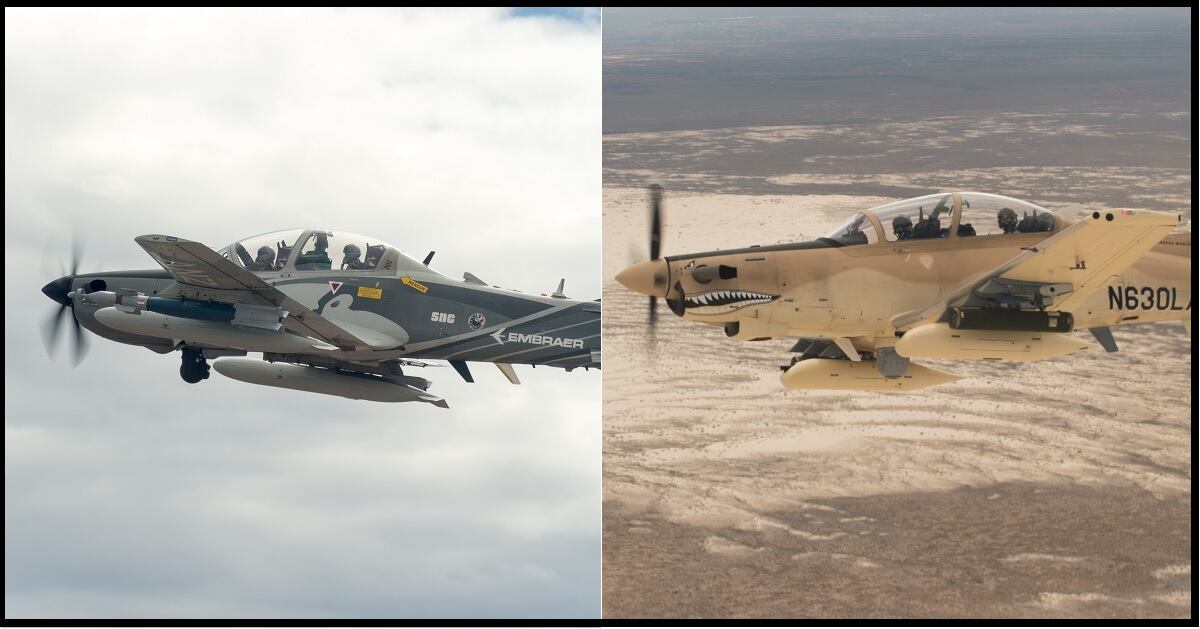
Asked if this meant the two aircraft positioned by the Air Force as potential contenders for a contract — the Sierra Nevada Corp.-Embraer A-29 Super Tucano, and the Textron AT-6 Wolverine — were no longer in the running, Donovan responded: “We’re not excluding anything.”
The Air Force’s decision is a somewhat surprising one. The light-attack experiment began with four aircraft involved in flight tests at Holloman Air Force Base in New Mexico: the A-29 and AT-6, but also Textron’s Scorpion jet and L3’s AT-802L Longsword.
The AT-6 and A-29 moved onto the second phase of experiments in 2018, which were mostly centered around the planes’ maintainability and network capability.
When the Air Force put out a draft RFP later that year, the solicitation stated that Textron and the SNC-Embraer partnership were “the only firms that appear to possess the capability necessary to meet the requirement within the Air Force’s time frame without causing an unacceptable delay in meeting the needs of the warfighter.”
If the Air Force is considering alternative aircraft, it’s unclear what requirements are driving that search or whether a new entrant has caught the service’s eye.
Some foreign companies, namely South Africa’s Paramount Group and Czech aerospace firm Aero Vodochody, have expressed interest in competing for U.S. light-attack aircraft contracts. And it’s possible the T-X trainer jet, for which the Air Force chose Boeing to build, could be modified for a light-attack role.
But for the last six months, Air Force acquisition officials have firmly suggested the A-29 or AT-6 would be the only options under consideration going forward.
RELATED
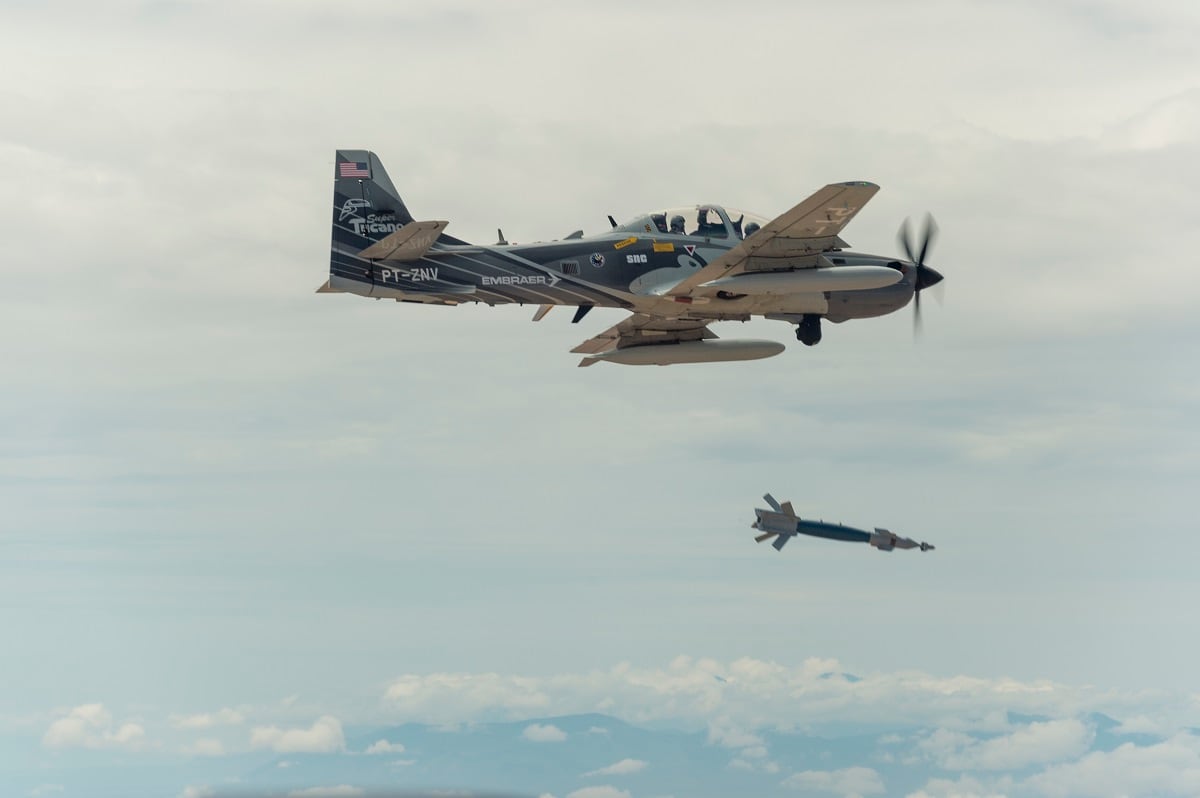
“The whole way we got to where we’re at, we put out an invitation to participate, and we only had two that met all of the criteria that we were looking for,” Lt. Gen. Arnold Bunch, the service’s top uniformed acquisition official, said in July.
“We experimented with those, and they performed well enough that we did another phase, and those are the only two that we invited in [for phase two]. So at this point right now I’m seeing it as a competition between two airplanes.”
If the Air Force is seeking more data from the current entrants or wants to conduct further demonstrations, the exact nature of those future experiments are also unclear — though Donovan said more information about the path forward would be released this year.
Although Friday’s announcement doesn’t shut a door on the light-attack aircraft program, it does highlight the difficulties of rapid acquisition.
RELATED
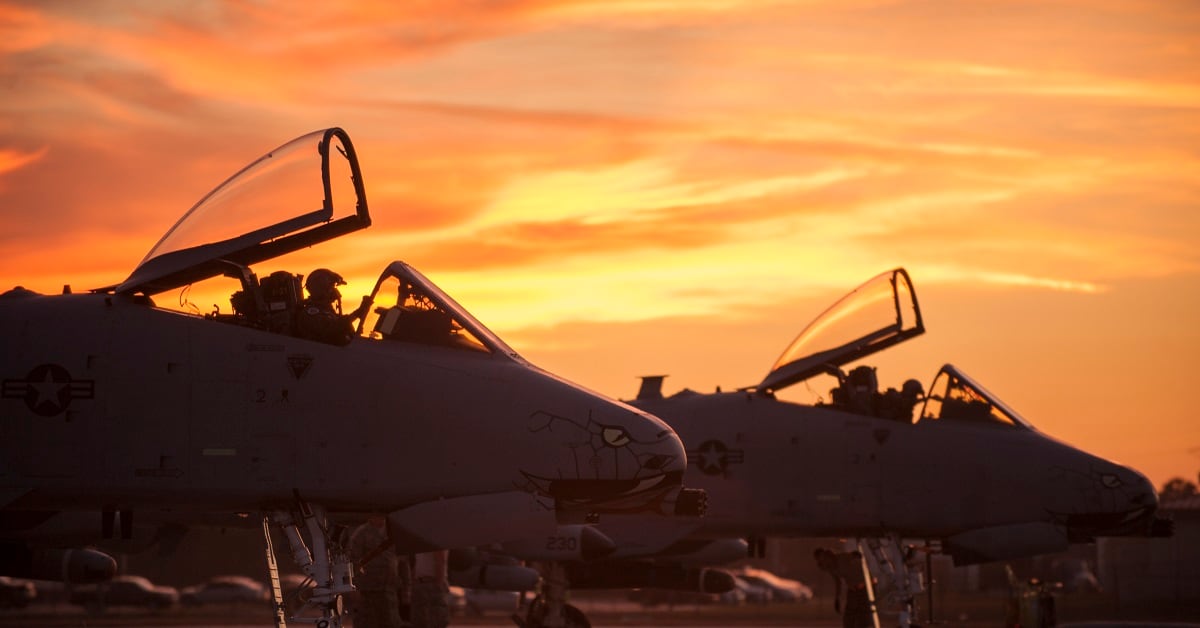
In 2016, Gen. Mike Holmes, then the Headquarters U.S. Air Force’s top requirements official and now the head of Air Combat Command, spoke with Defense News about the prospect of dedicating funds to flight test a range of off-the-shelf light-attack planes.
The thought was that buying a low-cost, easy-to-maintain aircraft could effectively accomplish low-end missions in the Middle East at a lower expense than other Air Force planes, and that buying several hundred of such aircraft could also help the service absorb and train more pilots.
Air Force Chief of Staff Gen. Dave Goldfein repeatedly spoke about seeing a potential light-attack aircraft program as a way to increase interoperability with air forces that couldn’t afford an F-15 or F-16, but who would benefit from commonality with American-operated platforms.
RELATED
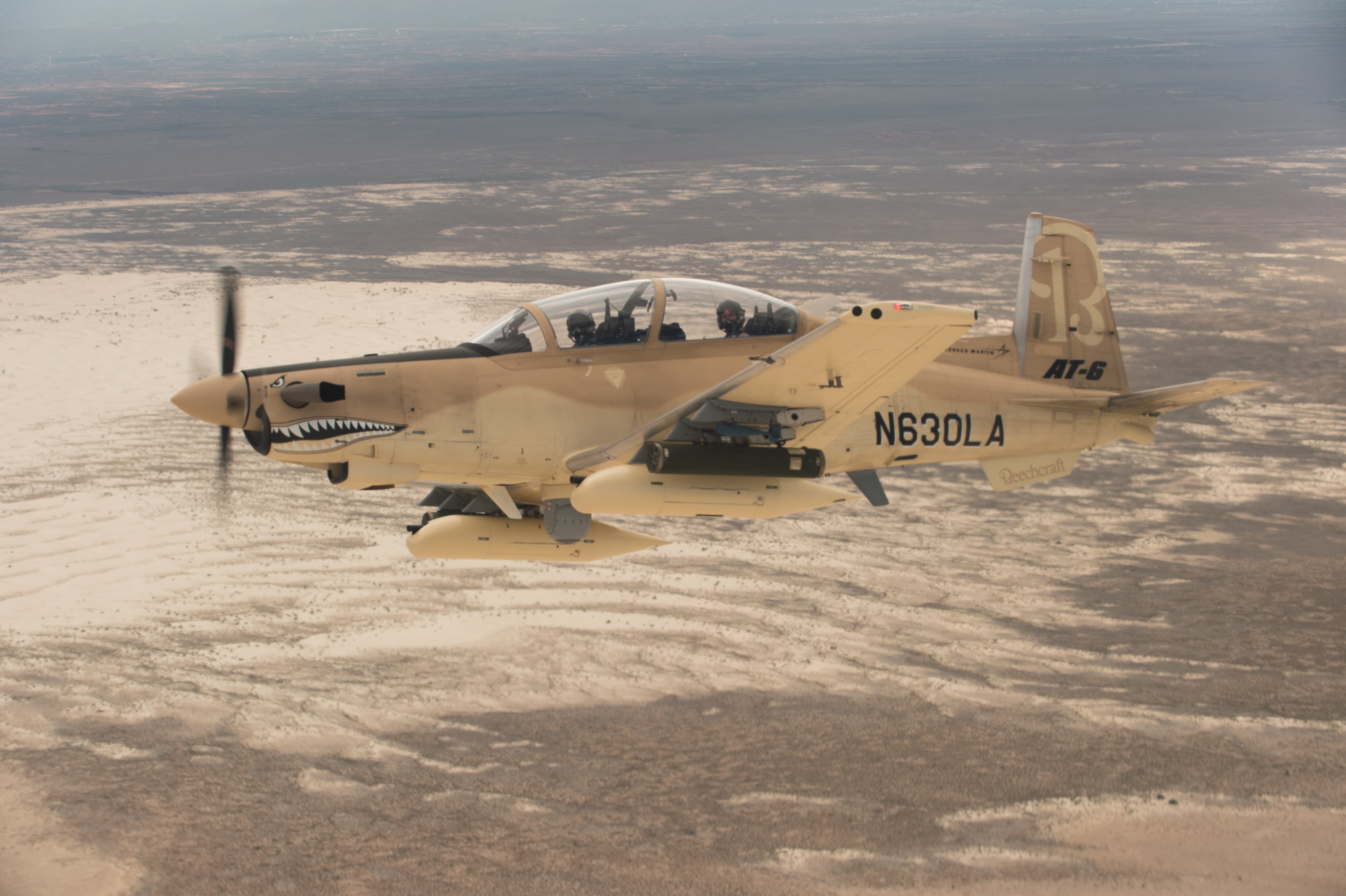
More than two years later, Donovan said the Air Force is still learning, and hinted that perhaps there was not enough buy-in among international partners.
“Did we meet the cost targets that we’re aiming for? What’s the market out there for coalition partners? Are there a lot of folks interested in that, or is there something else?” he said.
Valerie Insinna is Defense News' air warfare reporter. She previously worked the Navy/congressional beats for Defense Daily, which followed almost three years as a staff writer for National Defense Magazine. Prior to that, she worked as an editorial assistant for the Tokyo Shimbun’s Washington bureau.
